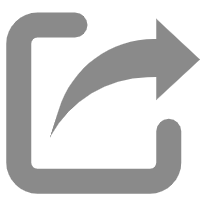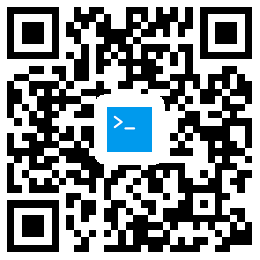GoCqlTable封装了GoCql-driver目的是简化Go语言操作Cassandra数据库。
示例代码:
// Generic initialization of gocqlc := gocql.NewCluster("127.0.0.1")s, err := c.CreateSession()if err != nil { log.Fatalln("Unable to open up a session with the Cassandra database (err=" + err.Error() + ")")}// Tell gocqltable to use this session object as the default for new objectsgocqltable.SetDefaultSession(s)// Now we're ready to create our first keyspace. We start by getting a keyspace objectkeyspace := gocqltable.NewKeyspace("gocqltable_test")// Now lets create that in the database using the simple strategy and durable writes (true)err = keyspace.Create(map[string]interface{}{ "class": "SimpleStrategy", "replication_factor": 1,}, true)if err != nil { // If something went wrong we print the error and quit. log.Fatalln(err)}// Now that we have a very own keyspace to play with, lets create our first table.// First we need a Row-object to base the table on. It will later be passed to the table wrapper// to be used for returning row-objects as the answer to fetch requests.type User struct{ Email string // Our primary key Password string `password` // Use Tags to rename fields Active bool `cql:"active"` // If there are multiple tags, use `cql:""` to specify what the table column will be Created time.Time}// Let's define and instantiate a table object for our user tableuserTable := struct{ recipes.CRUD // If you looked at the base example first, notice we replaced this line with the recipe}{ recipes.CRUD{ // Here we didn't replace, but rather wrapped the table object in our recipe, effectively adding more methods to the end API keyspace.NewTable( "users", // The table name []string{"email"}, // Row keys nil, // Range keys User{}, // We pass an instance of the user struct that will be used as a type template during fetches. ), },}// Lets create this table in our cassandra databaseerr = userTable.Create()if err != nil { log.Fatalln(err)}// Now that we have a keyspace with a table in it: lets make a few rows! In the base example we had to write out the CQL manually, this time// around, however, we can insert entire User objects.// Lets instantiate a user object, set its values and insert ituser1 := User{ Email: "1@example.com", Password: "123456", Active: true, Created: time.Now().UTC(),}err = userTable.Insert(user1)if err != nil { log.Fatalln(err)}// With our database filled up with users, lets query it and print out the results (containing all users in the database).rowset, err := userTable.List()for _, row := range rowset { user := row.(*User) // Our row variable is a pointer to "interface{}", and here we type assert it to a pointer to "User"}if err != nil { log.Fatalln(err)}// You can also fetch a single row, obviouslyrow, err := userTable.Get("1@example.com")if err != nil { log.Fatalln(err)}user := row.(*User)// Lets update this user by changing his passworduser.Password = "654321"err = userTable.Update(user)if err != nil { log.Fatalln(err)}// Lets delete user 1@example.comerr = userTable.Delete(user)if err != nil { log.Fatalln(err)}// Lets clean up after ourselves by dropping the keyspace.keyspace.Drop()









评论